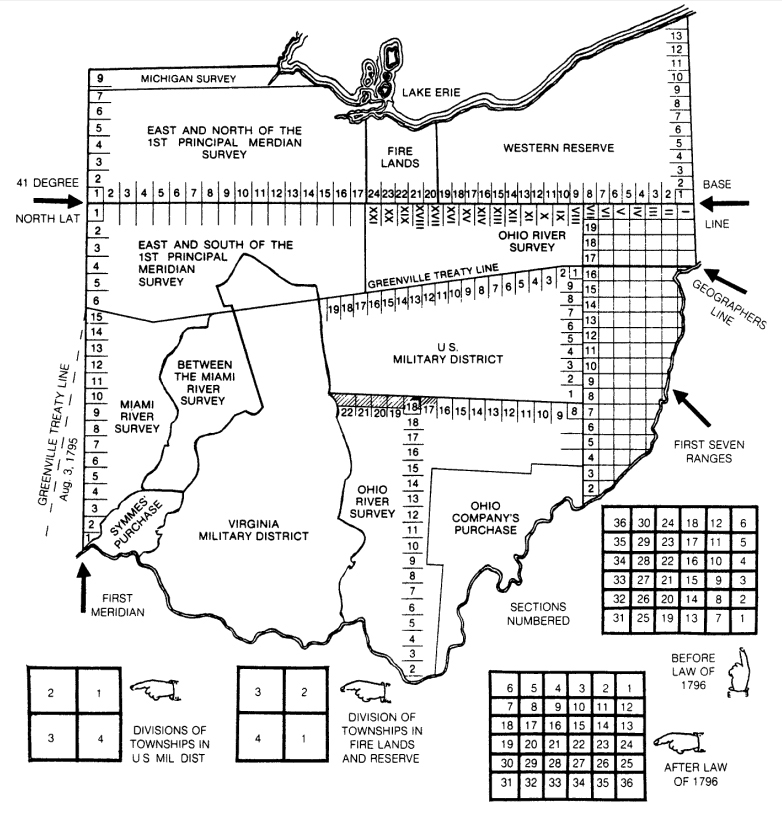

Everything North of this stream went to Bart, everything South went to Chester. Allen decided to divide the property along a stream that runs halfway through the property. This is where things can become less cut and dry. Allen wanted to pass this land on to his two sons but wanted the house to go to his daughter. Allen Jacob received the SW/4 NW/4 of 10-10-10. Then, John Jacob gave a portion of the property to each of his four children and each received a quartered quarter. For example, suppose that in 1901 John Jacob purchased the NW/4 of Section 10, Township 10, Range 10. However, when real estate is broken down further, it can get a bit complicated. Many legal descriptions start by dividing sections into quarters, halves, and quartered quarters. Each township range is broken into 36 sections making them 6 square miles. Townships run north and south while ranges run east and west. Through this system townships and ranges are separated into sections, each section totals 640 acres and is one square mile, forming a grid pattern to help locate a given property. Legal descriptions commonly start out with a section-township-range description (with the exception of “platted” ground which will be covered in a future post.) This type of surveying system was adopted in 1785 and is used throughout the United States.

They outline the boundaries and features of a tract of land creating a map. Legal descriptions are a graphic depiction of a property. Section-Township-Range Legal Descriptions (and Why Surveys Can Make Your Life Simple) Sydney will help make sense of plats (and replats), original townsites, water rights, condemnations, and how all of this affects you and your clients’ transactions. We’re starting a new series on the Tallgrass Title blog: Legals with Lippman! In this series, our Production Manager, Sydney, will be focusing on topics related to real estate legal descriptions.


 0 kommentar(er)
0 kommentar(er)
